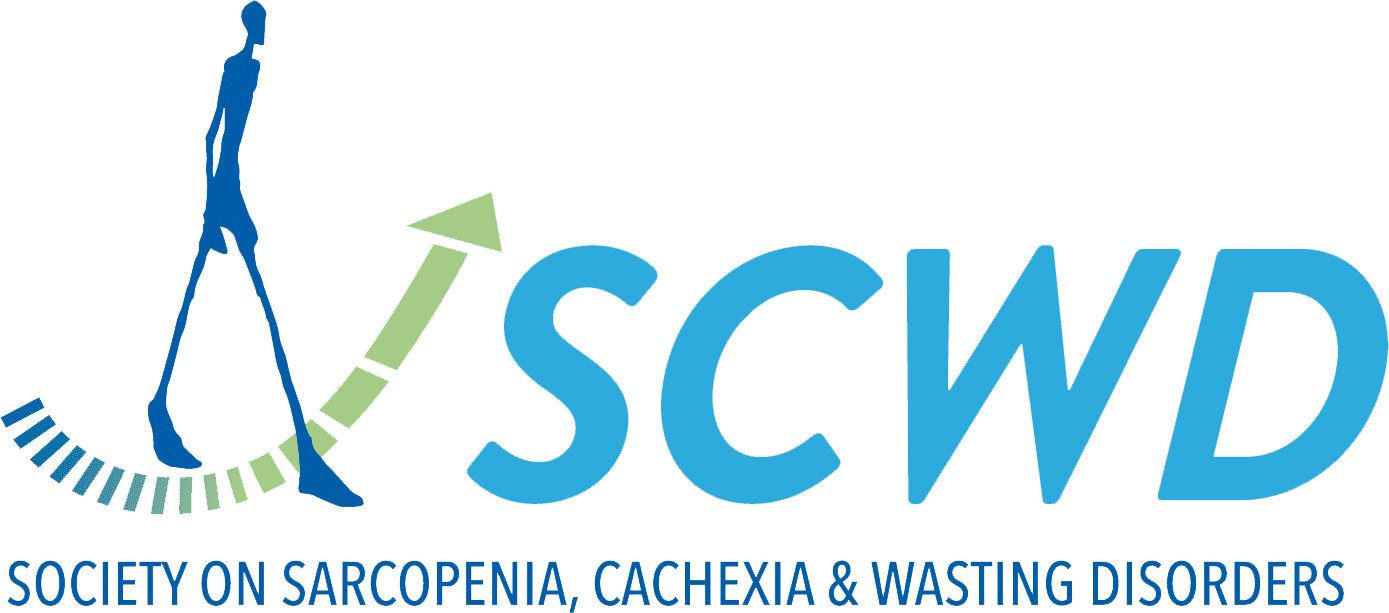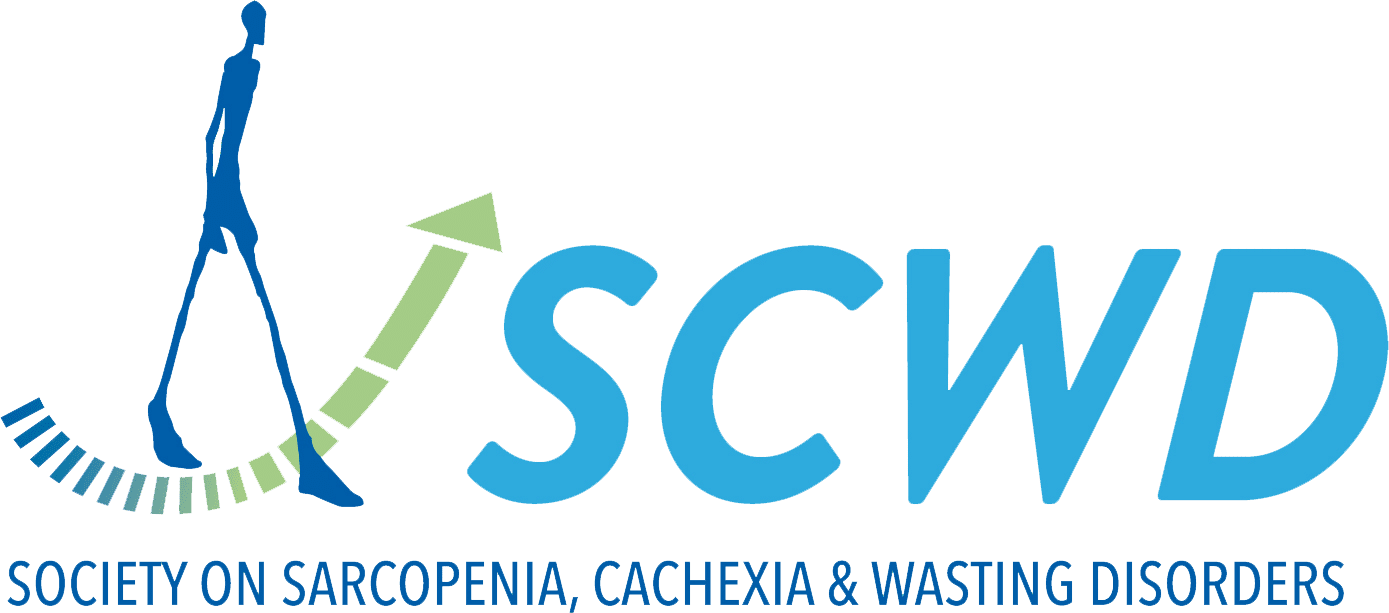Changes in Lean Muscle Mass, Muscle Strength, and Physical Performance Following First-Line Chemotherapy in Patients With Lymphoma.
Lymphomas are common cancers affecting the lymphatic system. Chemotherapy is a standard treatment, yet its impact on patient's physical capacity remains understudied. This study aimed to evaluate changes in body composition, muscle strength, and physical performance in patients diagnosed with...


